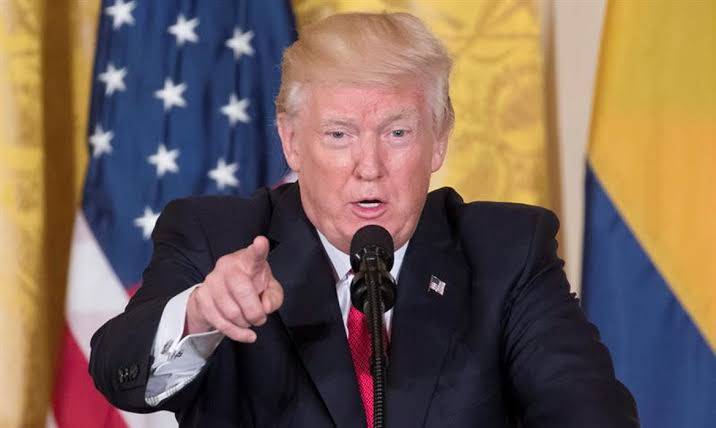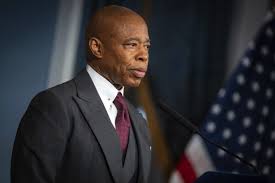Trump Proposes Federal Buyout Plan to Address National Debt Crisis

In a surprising move that has sparked both controversy and cautious optimism, former President Donald Trump has unveiled a sweeping federal buyout plan aimed at tackling the United States’ mounting national debt. The proposal, announced during a press conference at his Mar-a-Lago estate, outlines a strategy to reduce the federal deficit by offering buyouts to certain government employees and restructuring federal assets.
The plan, which Trump has dubbed the “Federal Efficiency and Debt Reduction Initiative,” seeks to streamline government operations by incentivizing early retirement for federal workers and consolidating underutilized federal properties. According to Trump, the initiative could save taxpayers billions of dollars annually while reducing bureaucratic inefficiencies.
“America is drowning in debt, and it’s time to take bold action,” Trump declared. “This plan will cut waste, protect taxpayers, and ensure a stronger future for our country.”
Key Components of the Plan
- Federal Employee Buyouts: The proposal includes voluntary buyout packages for eligible federal employees, particularly those nearing retirement age. The goal is to reduce the federal workforce by 10% over the next five years, saving an estimated $50 billion in payroll costs.
- Asset Sales and Leases: The plan calls for the sale or lease of underutilized federal properties, including unused office buildings, land, and infrastructure. Proceeds from these transactions would be directed toward paying down the national debt, which currently exceeds $35 trillion.
- Department Consolidation: Trump has proposed merging several federal agencies with overlapping functions, such as the Departments of Education and Labor, to eliminate redundancy and reduce administrative costs.
- Tax Incentives for Private Sector Partnerships: The plan includes tax breaks for private companies that partner with the government to manage public services, a move Trump claims will improve efficiency and reduce federal spending.
Mixed Reactions from Lawmakers and Experts
The proposal has drawn mixed reactions from lawmakers and policy experts. Supporters argue that the plan is a necessary step toward fiscal responsibility. “We can’t keep kicking the can down the road,” said Senator John Thune (R-S.D.). “This is a bold, forward-thinking approach to addressing our debt crisis.”
However, critics have raised concerns about the potential impact on federal workers and public services. “This plan is a thinly veiled attempt to shrink the government at the expense of hardworking Americans,” said Representative Pramila Jayapal (D-Wash.). “We need real solutions, not reckless cuts.”
Economists are also divided on the plan’s feasibility. While some applaud its focus on reducing the national debt, others warn that the buyouts and asset sales may not generate enough revenue to make a significant dent in the deficit. “It’s a step in the right direction, but it’s not a silver bullet,” said Maya MacGuineas, president of the Committee for a Responsible Federal Budget.
Public Opinion
Public opinion on the proposal appears to be split along partisan lines. A recent poll conducted by USA TODAY found that 62% of Republicans support the plan, while only 28% of Democrats approve. Independent voters are more evenly divided, with 45% in favor and 42% opposed.
For many Americans, the issue of the national debt is a growing concern. “I don’t care who proposes it—we need to do something about the debt,” said Mark Thompson, a small business owner from Ohio. “But we have to make sure it doesn’t hurt everyday people.”
What’s Next?
The proposal is expected to face significant hurdles in Congress, where Democrats control the Senate and Republicans hold a narrow majority in the House. Lawmakers on both sides of the aisle have already begun drafting amendments to the plan, signaling a contentious legislative battle ahead.
As the debate unfolds, one thing is clear: the national debt remains one of the most pressing challenges facing the United States. Whether Trump’s federal buyout plan is the solution remains to be seen, but it has undoubtedly reignited a critical conversation about the nation’s fiscal future.




